Social Emotional Learning Teaching Resources
Are you on the hunt for social emotional learning activities, printable PDFs, and more to bring SEL to life in your primary lessons this school year? The list of academic benefits of SEL instruction is a mile long, and the Teach Starter teacher team has created a robust collection of social and emotional learning resources made with teachers – and your students — in mind.
We've made planning your social-emotional learning lessons simple with printable SEL worksheets and digital social and emotional activities designed specifically for the needs of primary school students. Each resource in this collection has undergone rigorous review by the expert teachers on our team to make sure you'll be comfortable passing them out in the classroom or sending them home in a student's bag.
Pardon us if we're sharing something you already know (feel free to skip right to the social emotional learning activities!), but if you're new to incorporating SEL into your classroom, you may need a quick refresher! Read on for a guide from our teacher team!
What Is Social-Emotional Learning?
The most common social-emotional learning — or social and emotional learning — definition describes SEL as 'the process through which all young people and adults acquire and apply the knowledge, skills, and attitudes to develop healthy identities, manage emotions and achieve personal and collective goals, feel and show empathy for others, establish and maintain supportive relationships, and make responsible and caring decisions.'
It's a bit of a mouthful, but essentially social and emotional learning covers five core competencies:
- Self-Awareness
- Self-Management
- Social Awareness
- Relationship Skills
- Responsible Decision Making

Where Did Social Emotional Learning Come From?
Teachers have been teaching many of the skills that now fall under the social and emotional learning curriculum for centuries. It's always been our goal to help shape little minds to be caring, productive, and engaged citizens.
But the roots of what we now consider SEL can be traced back to a project in the New Haven, Connecticut schools in the United States where school administrators worked with Yale University researchers, parents, mental health workers and teachers to refocus not just the school's academic programs but their social ones too. The project started in the 1960s at two schools considered 'underperforming,' and by the 1980s, these same schools had academic scores that were at the top of American school rankings.
From there, the K-12 New Haven Social Development program was born, establishing a framework for incorporating social and emotional learning into the curriculum. Meanwhile, the non-profit Collaborative for Academic, Social, and Emotional Learning (CASEL) was born in 1994, helping to really bring the term 'social and emotional learning' into the zeitgeist.
CASEL was born out of the New Haven projects and helped shape the official definition of SEL listed above in 1997. It now works to expand SEL in schools around the globe.
Why Is Social-Emotional Learning Important?
Not sure you have time to fit all of this in alongside the standards that you're preparing students to meet? A solid social and emotional learning curriculum will help students with everything from managing emotions and developing coping skills to setting positive goals, engaging in positive relationships and solving problems effectively — all important competencies for your classroom.
The importance of SEL is hard to overstate, but here are a few core benefits:
- Promote mental health and well-being — Teaching social and emotional lessons in the classroom can help students develop the skills they need to manage their emotions, build positive relationships and cope with stress and challenges. It's a small step toward better mental health for all.
- Improve academic performance — There's strong research showing that students who have strong social and emotional skills are more likely to be engaged in learning and perform better academically.
- Create a positive classroom culture — Teaching social and emotional lessons can help create the kind of classroom culture where students feel safe, respected and supported — exactly what we all strive for!
- Prepare students for life after school — Social and emotional skills are essential for success beyond the classroom, be it at home in the immediate future or in uni or the workforce. Teaching these skills helps students be better equipped to handle the challenges they will face.
- Address specific social and emotional needs — Teaching social and emotional lessons can help address students' specific needs, such as building self-esteem, managing emotions and developing empathy for others. This can also help to create a more inclusive and equitable classroom where all students feel respected and valued. It's also good for your overall classroom management.

How to Teach Social and Emotional Lessons
There's little question that there's value in social and emotional learning, but how do you actually teach it? There's no simple answer here, as the exact methodology will differ based on year level, individual student needs and even your classroom dynamics!
That said, here are some strategies from our teacher team to keep in mind as you consider how you're incorporating the components of SEL in your instruction:
- Modelling — This is likely no surprise — we are our students' role models in the classroom for so much. Don't underestimate the value of your own active listening, displays of empathy and self-regulation, and other skills that are essential for your students' social and emotional development.
- Classroom Culture — Establishing a safe and supportive learning environment where students feel respected, valued and empowered goes a long way. Fostering a sense of community, promoting positive communication and encouraging collaboration and teamwork are all helping kids build their SEL quotient!
- Integration — Of course, you can (and should) have explicit instruction on SEL, but you can also incorporate SEL concepts into your core subject lessons. Discuss emotions related to a character in a book or working on group projects that require collaboration and communication. If you're teaching maths, emphasise the importance of perseverance and problem-solving skills. Teaching HAAS? Discuss empathy and the ability to understand different perspectives. It all comes together!
- Plus Plan
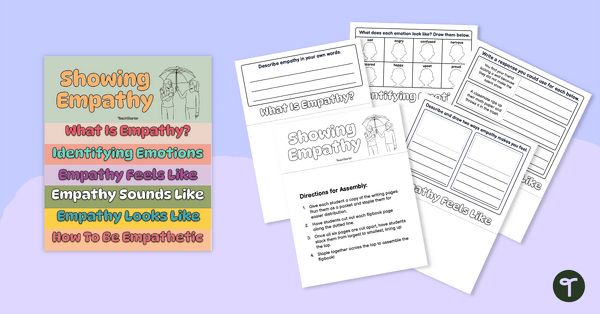
Showing Empathy Flipbook
Cultivate compassion in young minds! Download our printable empathy flipbook tailored for year 1 and 2 students.
- Plus Plan
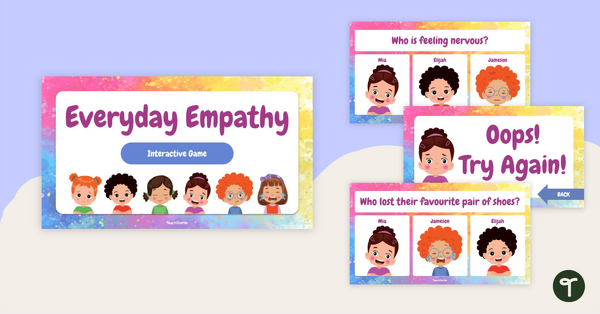
Everyday Empathy Interactive Game
Download this interactive game and help your students practise identifying emotions and understanding how others feel.
- Plus Plan
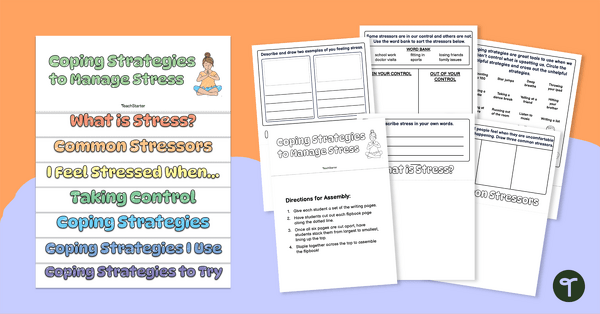
Coping Strategies to Manage Stress Flipbook
Get crafty with your students creating this colourful flip book containing their own preferences of strategies for managing stress.
- Plus Plan
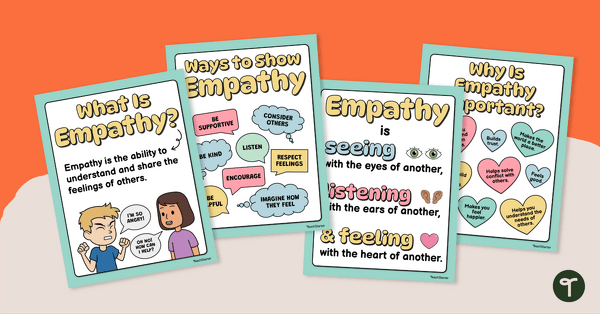
Empathy Poster Set
Enhance student understanding of empathy and why it is important with this set of 4 classroom posters.
- Plus Plan
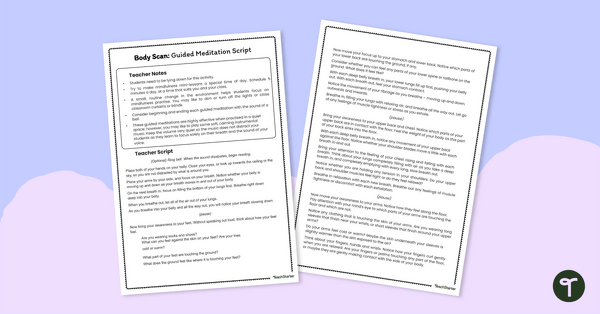
Body Scan Meditation Script for Kids
Share this body scan guided meditation script with your students to help them to regulate their emotions by breathing mindfully.
- Plus Plan
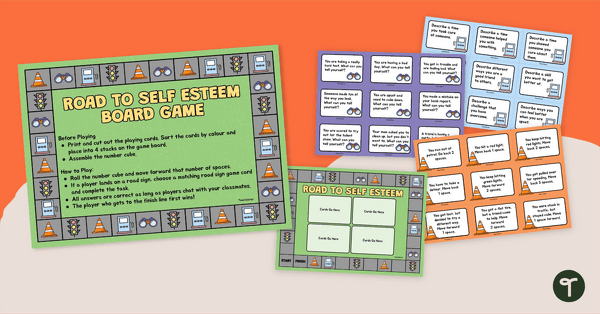
Road to High Self-Esteem Board Game
Help students understand what self-esteem is and how to boost their own self-esteem with this board game.
- Plus Plan
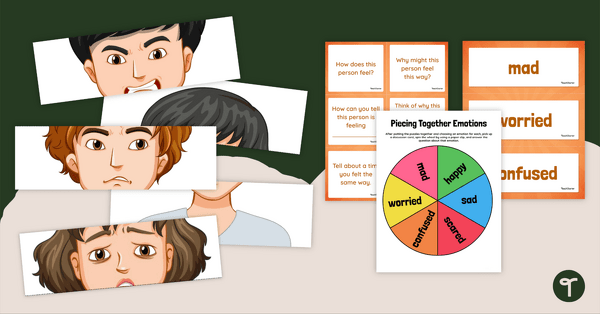
Piecing Together Emotions – Puzzle Activity
Guide your students to identify the feelings and emotions of others with this social emotional learning puzzle activity.
- Plus Plan
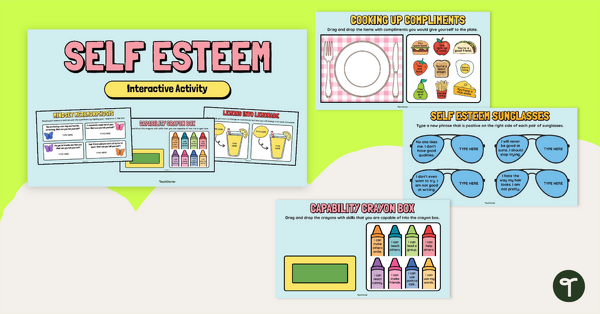
Let's Look at Self Esteem Interactive Activity
Boost your students' self-esteem with this fun and engaging interactive activity.
- Plus Plan
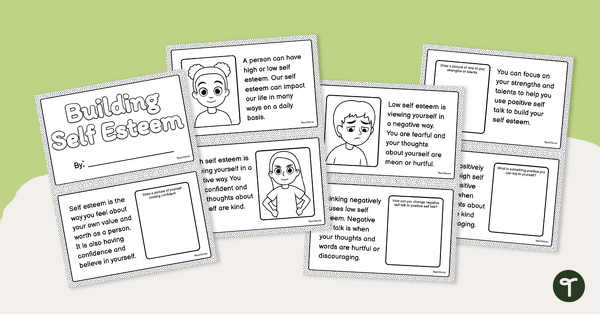
Self-Esteem Activity Mini-Book
Build up your student's self-esteem with this activity mini book template.
- Plus Plan
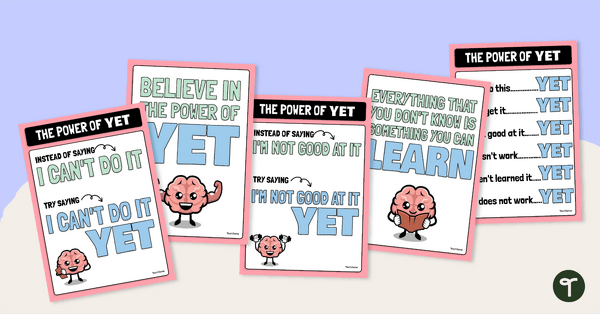
The Power of YET Poster Set
Encourage your students to change their growth mindset with this set of posters.
- Plus Plan
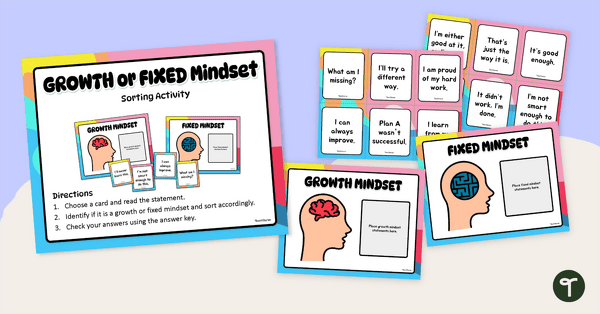
Growth or Fixed Mindset Sorting Activity
Help students understand the difference between a fixed mindset and a growth mindset with this sorting activity.
- Plus Plan
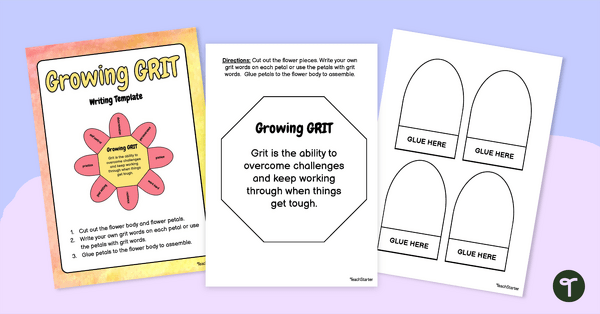
Growing GRIT Writing Template
Encourage students to think about what grit is as well as words that describe grit with this craft template.
- Free Plan
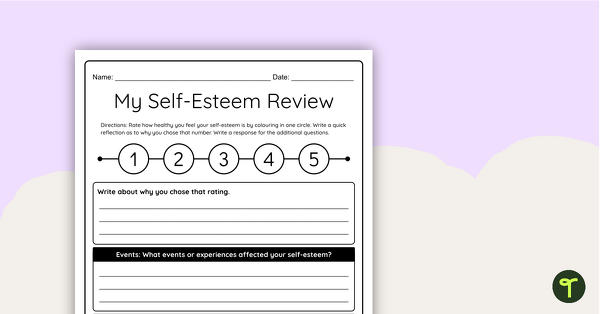
My Self-Esteem Review Template
Help students reflect on their own self esteem with this self-esteem rating template.
- Plus Plan
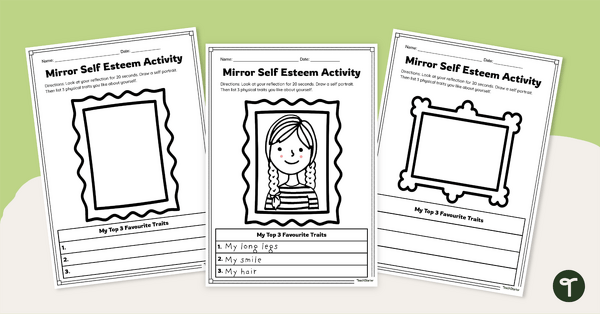
Mirror Self-Esteem Activity
Explore self-image and self-esteem with this mirror worksheet for students.
- Plus Plan
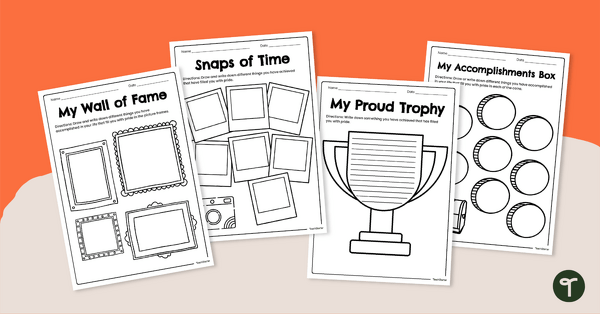
My Accomplishments Worksheets
Celebrate your students' achievements and accomplishments with these self-esteem boosting worksheets!
- Plus Plan
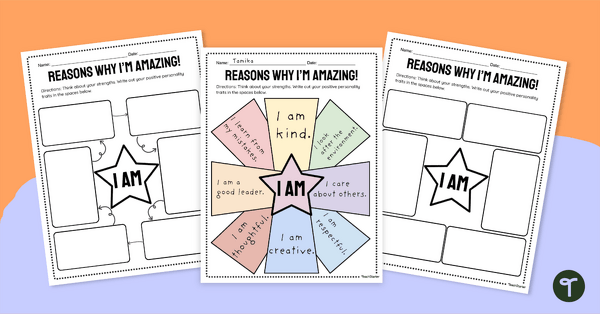
'Why I'm AMAZING' Self-Esteem Templates
Boost students' self-esteem with these Reasons Why I'm AMAZING templates.
- Plus Plan
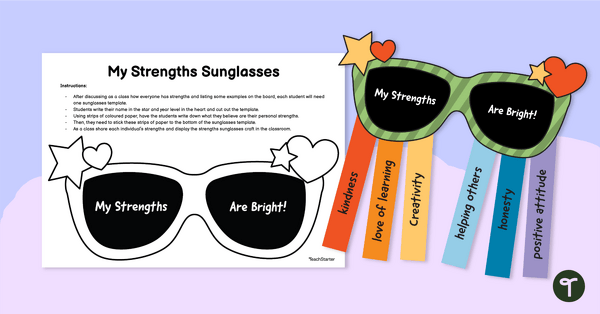
My Strengths Sunglasses Template
Teach your students how to identify their strengths with this fun craft activity.
- Plus Plan
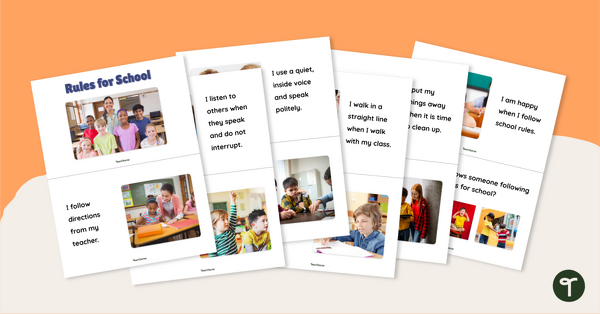
Rules for School Mini-Book
Remind students about appropriate behaviours at school with this printable mini-book.
- Plus Plan
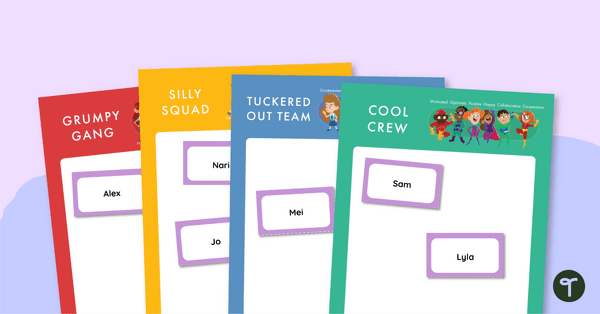
Emotional Self-Regulation Check-In Posters
Promote emotional awareness and self-regulation in your classroom with this daily mood check-in routine.
- Plus Plan
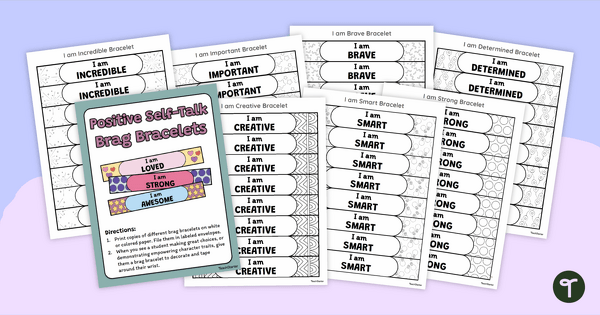
Positive Self-Talk Brag Bracelets
Encourage a positive mindset with a fun set of printable positive self-talk bracelets.
- Plus Plan
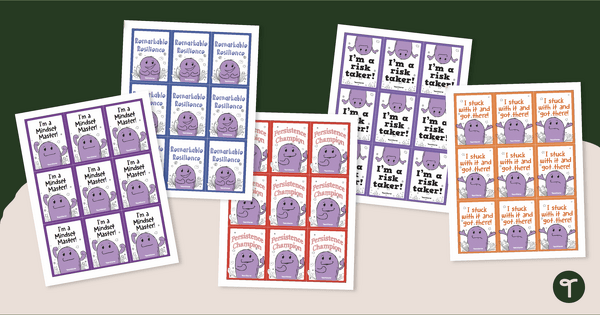
Growth Mindset Brag Tags
Celebrate students using a growth mindset with printable growth mindset brag tags!
- Plus Plan
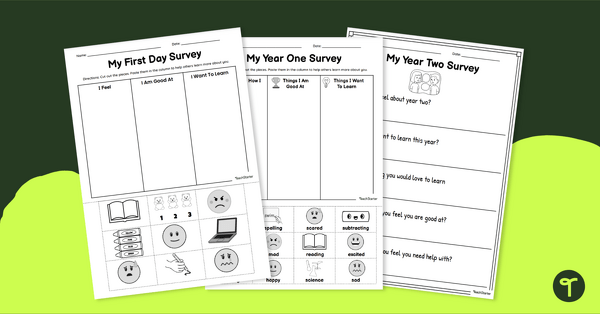
Back to School Surveys - All About Me
First Day of School Student Surveys.
- Plus Plan
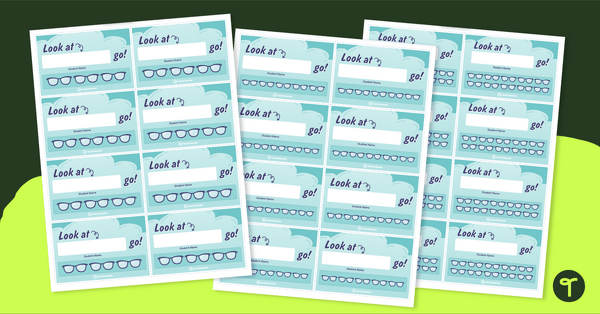
Behaviour Punch Card – Look at Me Go!
Promote and reward good behaviour with printable punch cards!
- Plus Plan
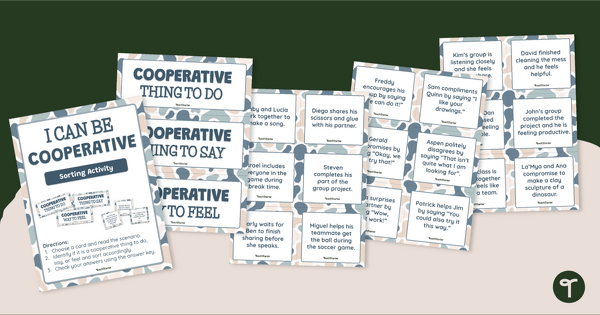
I Can Be Cooperative - Social Skills Sort
Practise personal and social skills to cooperate and interact respectfully with others with an engaging sorting activity.
- Plus Plan
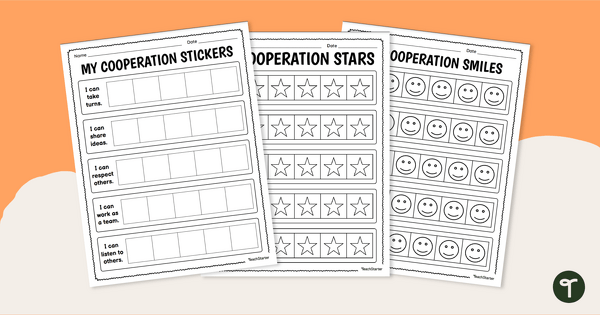
My Cooperation Sticker Chart
Promote and reward cooperative behaviour with a pack of printable cooperation sticker charts.
- Plus Plan
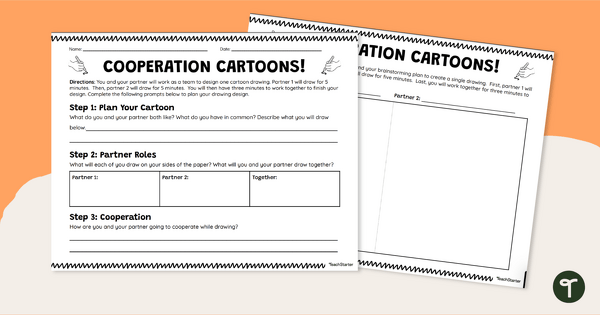
Cooperation Cartoons - Social Skills Activity
Encourage cooperation and collaboration in your classroom with a collaborative drawing activity.
- Plus Plan
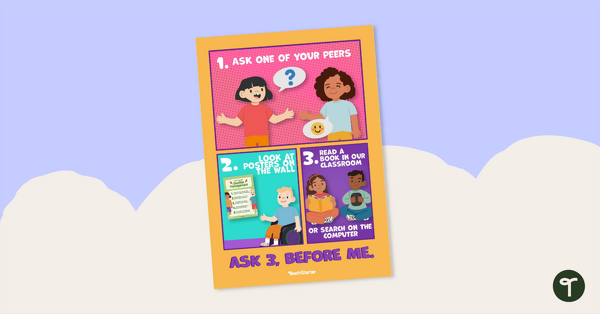
Try 3 Before Me Poster
Print a "3 before me" classroom poster to encourage students to try 3 things before asking for help.
- Plus Plan
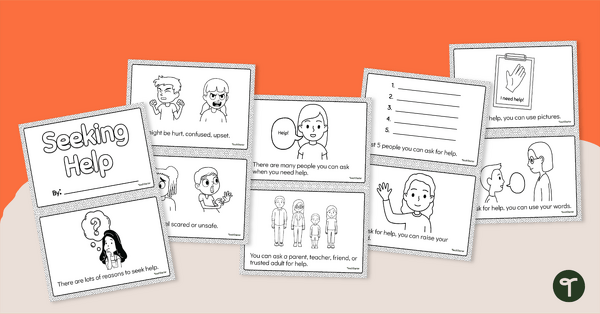
How to Seek Help Mini-Book
Learn all about why, how and when you might seek help with this printable mini-book.
- Free Plan
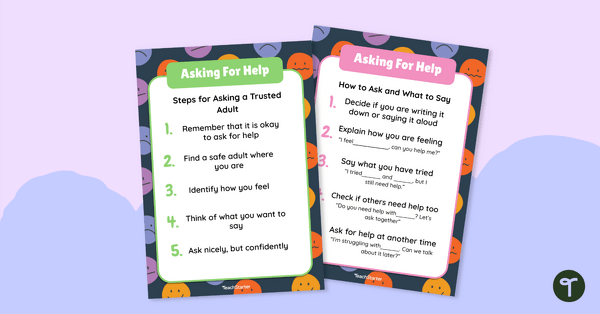
How to Ask for Help Poster Set
Learn how to ask for help with this poster set.
- Plus Plan
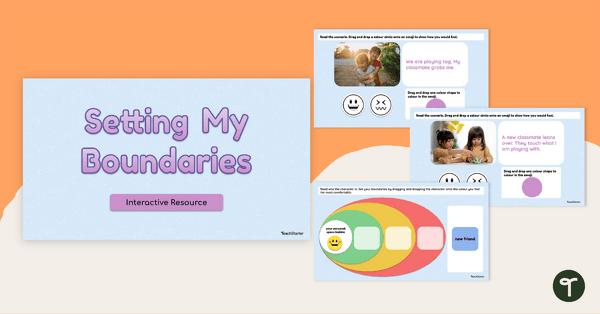
Setting Boundaries - Support Network Interactive Activity
Help students identify their support network of trusted adults with this interactive activity.
- Plus Plan
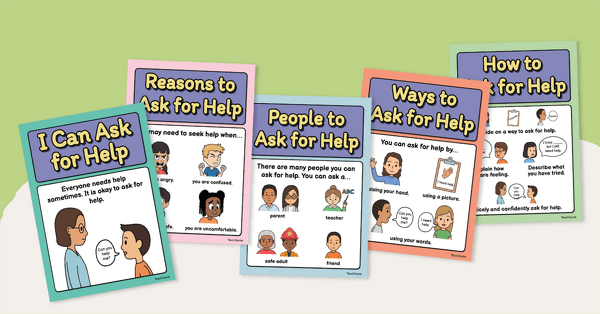
Asking for Help Poster Set
Learn who to go to and how to ask for help with this set of classroom posters.
- Plus Plan
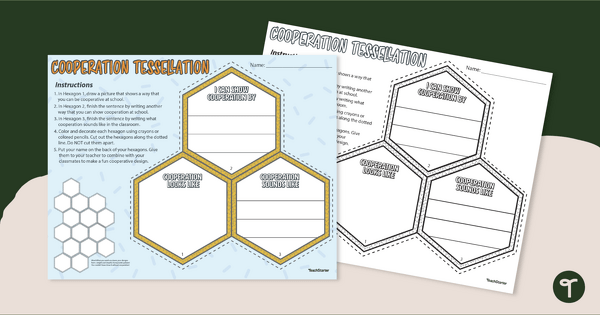
Cooperation Tessellation Art Project
Engage your students in practising the art of cooperation by having them create a collaborative tessellation project.